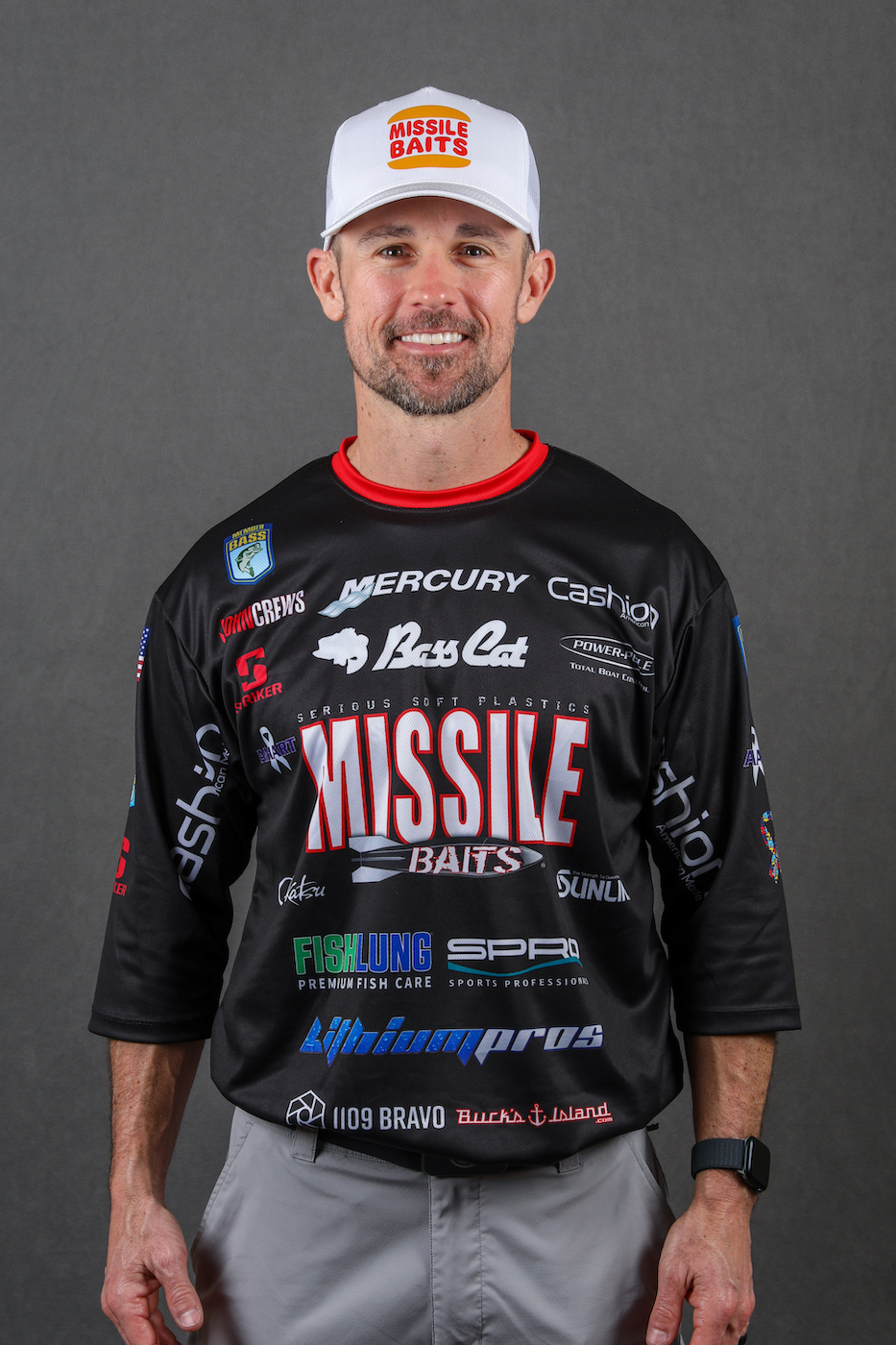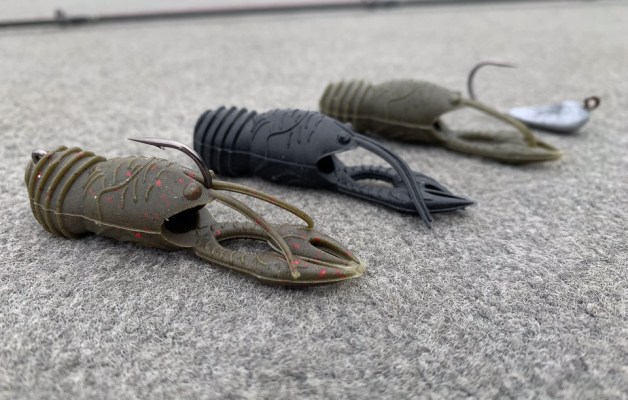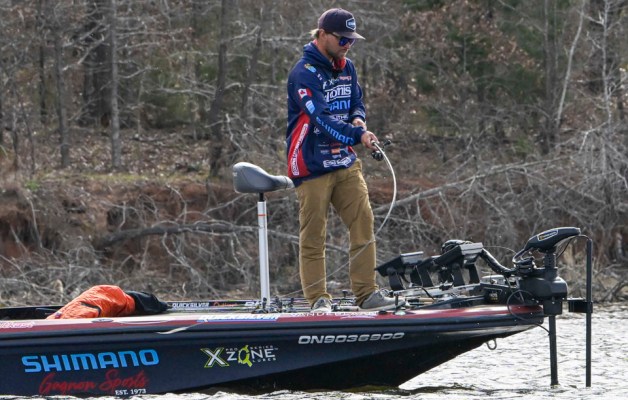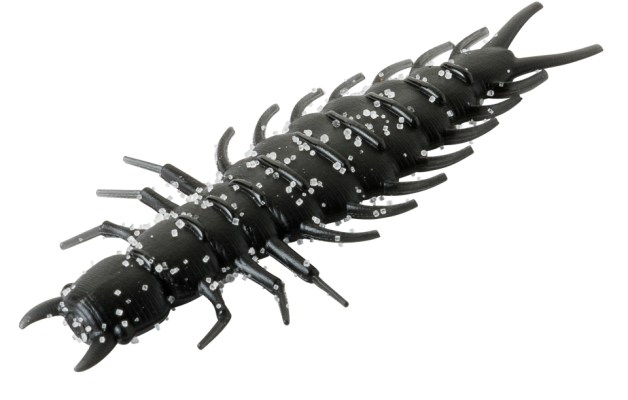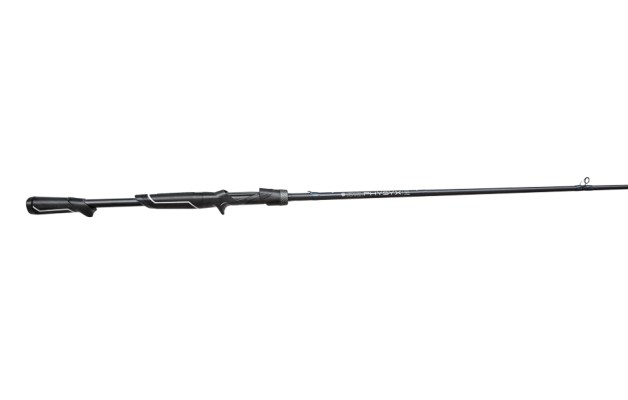Go into any tackle shop and you’ll see more colors than you can imagine. Most of us can’t buy them all, and even if we could they wouldn’t help us catch more bass. That’s because, while color is a factor in getting a bass to bite, it’s a distant third to the two factors that matter the most.
We’ll talk about action first.
Without the right action for the hour, the day and the place you’re fishing, nothing else will matter much. On any given day that might be slow, or it might be fast. It might be wide, or it might be tight. It might be vertical or it might be horizontal. Regardless, it has to be right.
You also must have the size right.
Most of the time fish target forage that’s within a fairly narrow size range. If you throw something that’s too big or too small you’ll find bites hard to come by. It doesn’t look natural to them.
Color doesn’t matter until and unless we get those two things right. I’ve often said that I can catch bass with the wrong color lure if its action and size are right, but I can’t catch them if those two things are wrong no matter the color.
That’s why I like to think about lure color in terms of categories rather than specific colors or hues. I have five — green, black, orange, white and brown. Let’s look at them one by one.
Green
Most greens are natural type colors. I’m including colors like pumpkin and watermelon in this group as well as all the various combinations that are now available.
Greens seem to work best when you want to match the hatch with color. They’re especially good with jigs and bottom bumpers as well as around weeds. (Have you ever noticed that the forage and fish that come out of weeds are green? Actually, most animals that live in the water tend to pick up the surrounding colors.)
Black
I’d include most dark colors here. They’re the ones that look like a shadow or that create an easily defined silhouette against the sky. They’re typically good at night, on low-light days and when the water is stained or muddy. But, they’ll also work on bright sunny days, especially topwater plugs.
To understand why they work so well under those conditions you have to think about what the fish sees from its perspective. The only light in its world comes from above. There’s nothing under the water that illuminates anything. A fish is always looking into the light.
Orange
I look at orange as an accent color. Lots of crawfish and bream have orange as an accent color. I think sometimes bass get accustomed to looking for that orange and will bite baits much better with orange than without. Even though it is an accent color, any bait with any amount of orange on it is in the orange family when it comes to my fishing.
White
I include all bright, light colors in the white group. That includes pink, yellow and chartreuse. It’s a great reaction color and is at its best with moving baits. That might be because it looks kind of like a baitfish in most situations.
Brown
This is a natural color that seems to work best with baits that imitate bottom dwelling forage such as crayfish, worms and the like.
There are a thousand variations within each of these groups. It’s not important that you agree with the way I’ve grouped colors. What is important is that when you purchase lures you think about a particular color as being in a group.
You don’t need a bunch of individual variations within a specific group. That would be a waste of money and, if you tried to fish with all of them, a waste of time. Pick colors from a couple of different groups that resemble the natural forage in the reservoir, lake or river you’re fishing. But do this only after you’ve considered action and size.

